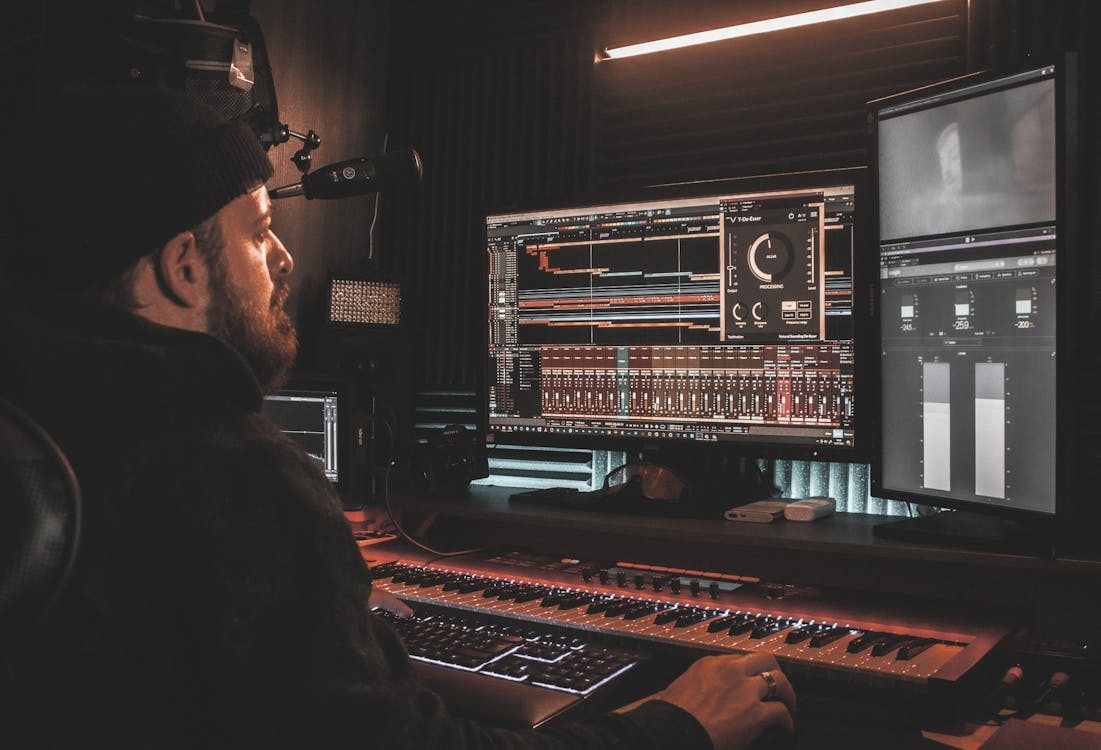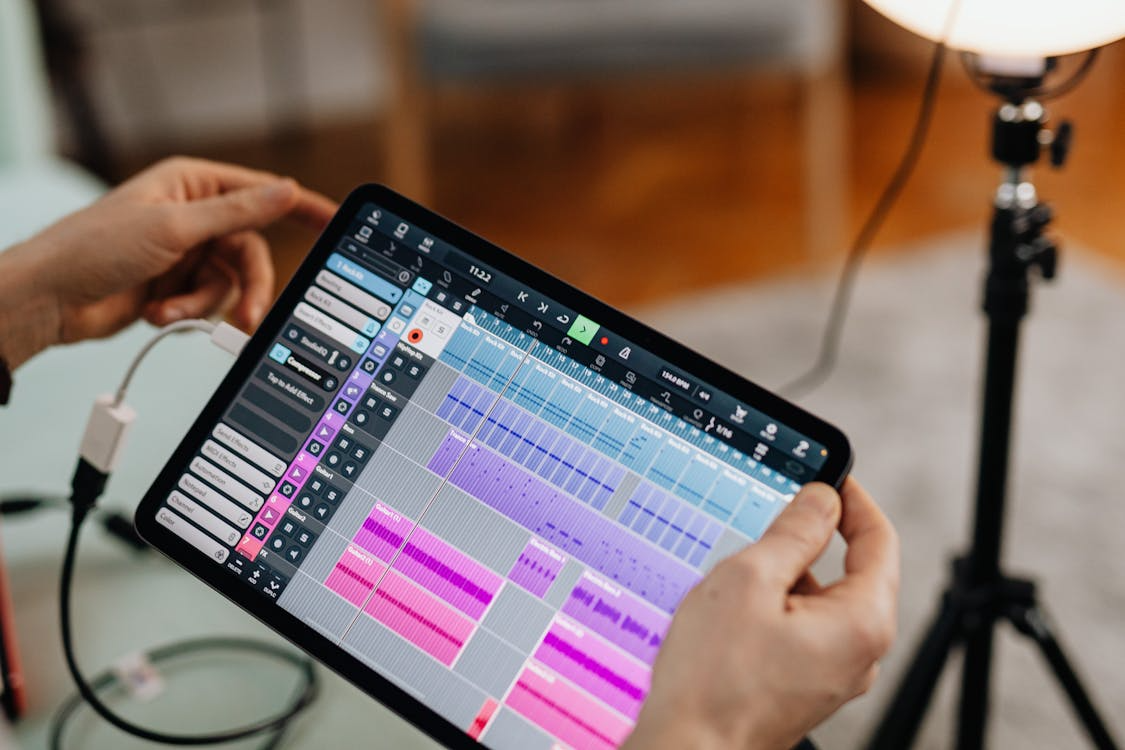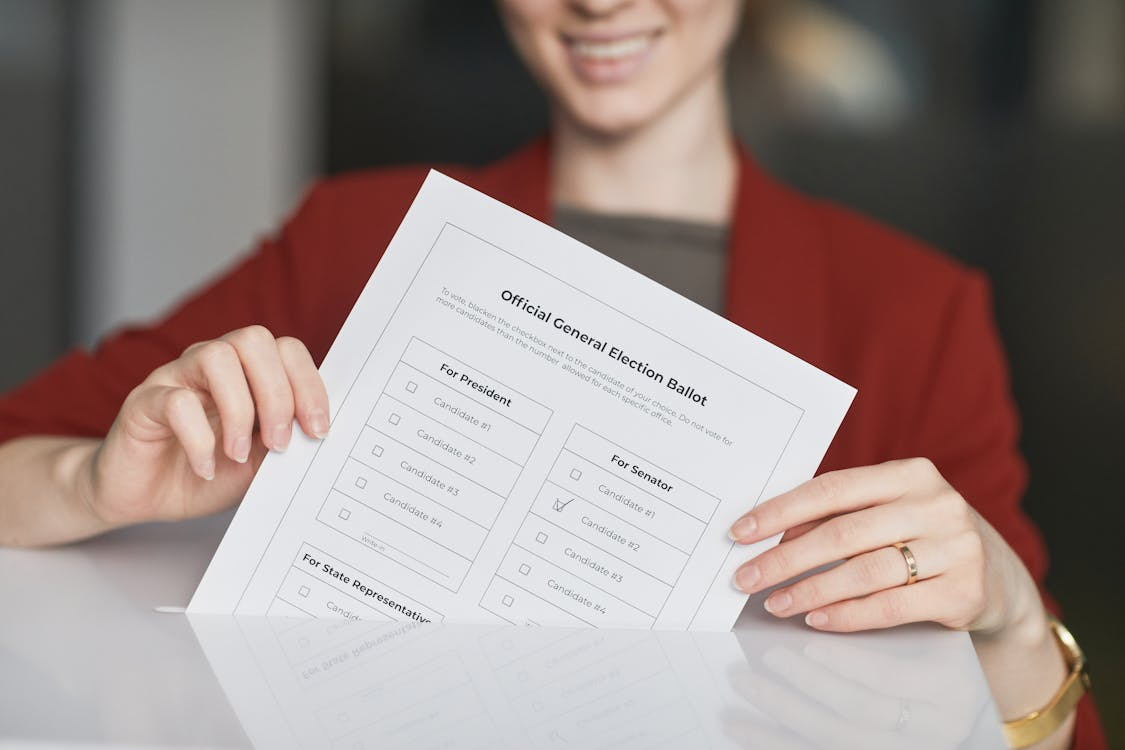Emotional grounding in AI isn't some abstract tech buzzword—it's what makes a voice model feel like it's actually listening, picking up on those little vocal cues that say more than words ever could. Think about how a slight quiver in someone's tone might reveal they're holding back tears, or a quickened pace hints at excitement bubbling under the surface. For researchers working on this, the real work starts with datasets that capture these nuances, training models to respond with genuine empathy rather than scripted politeness. As we hit 2025, with tougher regs like the EU AI Act kicking in and US guidelines tightening up, building these emotional AI voice datasets has become crucial for creating models that truly connect in places like Europe and the US.
I remember chatting with Marco, an AI specialist from Milan who's been knee-deep in developing voice tech for customer service bots. He told me about the headaches he faced early on: most off-the-shelf datasets were too sterile, dominated by standard accents and flat emotions that didn't cut it for real-world use. "It was like teaching a robot to dance without rhythm," he said with a laugh. His fix? Piecing together a custom set from varied sources, including everyday recordings that packed in cultural quirks and raw feelings. Stories like his show why emotional AI voice datasets matter—they turn empathy in AI models from a nice-to-have into something practical, helping systems adapt to users' moods on the fly.
When it comes to putting these datasets together, the Sunain project stands out as a solid example. They're all about creating diverse, top-notch audio collections that cover everything from different ages and accents to full-blown emotional ranges. From what I've seen in their materials, Sunain pulls in contributions from around the globe, then layers on detailed annotations for things like tone shifts or speech speed that signal specific feelings. Their co-founder, Aazar Jan, has talked about how older datasets often miss out on non-English inflections, which can lead to lopsided empathy in models. They draw inspiration from resources like the dair-ai/emotion dataset on Hugging Face, which tags Twitter-based audio for basic emotions such as joy or anger, and scale it up for broader use.
The numbers back this approach. EY's 2025 report on AI-powered services points out that consumers are demanding more empathy from tech, with many shying away from interactions that feel robotic. Over in the US, Pew Research's October 2025 global survey shows that about 55% of people have some trust in their country's AI regs, but that dips when it comes to handling emotional aspects effectively. Benchmarks for speech emotion recognition have improved too—recent work from Interspeech 2025 reports accuracies pushing 85-90% in controlled tests, thanks to richer datasets that mix voice with other signals like text or even body language cues. Tools like those from Toloka or Kaggle's emotion challenges help refine this, focusing on multimodal data to cut down biases.
For folks building these, it's a step-by-step grind: gather ethical audio with full consent, annotate with pros like linguists spotting subtle prosody, and validate through human checks to avoid glitches. Sunain does this well, looping in feedback to tweak labels and boost reliability. Marco's team saw a big jump—around 35% better empathy ratings—after adopting similar methods, especially when testing in diverse European settings under GDPR. In the US, frameworks from NIST push for fairness, so integrating datasets like VoxCeleb with emotional tweaks makes models more robust for apps like Hume AI's mood-adaptive voices.
Wrapping up, the true value pops in home AI setups, where empathetic models could really change daily life. By 2025, with AI adoption in households climbing—BCG forecasts suggest it's becoming mainstream, with agents handling more everyday tasks—these systems might detect a weary sigh from an older user in a Paris apartment and queue up calming music, or sense frustration in a New York video call and suggest a breather. To make this work worldwide, localization is key, and that's where experts like Artlangs Translation come in handy. With their expertise in over 230 languages and years of handling translation services, video localization, short drama subtitles, game localization, and multilingual dubbing for short dramas and audiobooks, they've got a stack of successful projects that ensure emotional voice datasets hit the mark across cultures without losing that human touch.











